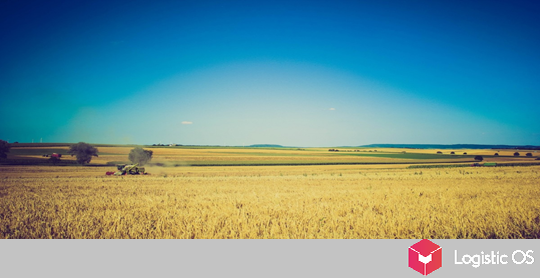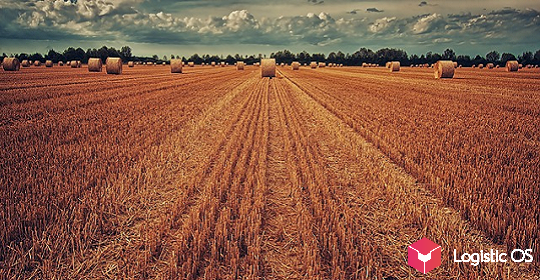On April 24, the People’s Republic of China celebrated Space Day. Achievements in this area have direct application — for example, in the field of agriculture.
The active use of space technologies in order to create the most optimal plant varieties for growing was launched in China a long time ago.
For example, in 2013, a wheat variety was tested “in orbit”, which proved to be the best and has been actively used in the country’s agriculture since 2021.
To date, about 26 thousand hectares have been sown with this variety.
“Compared to previous varieties, space wheat grows more evenly, has larger ears and shorter stems, and is also resistant to strong winds and, accordingly, to lodging,” said Li Fuhua, a party official.
And it’s not just about the only variety of wheat.
Currently, China has approved 240 varieties of cereals, as well as 400 varieties of vegetables, fruits, flowers and herbs that were created using space technology.
All this should allow China to fully protect its national food security.
In addition, new varieties have already generated direct economic benefits of more than $50 billion, and the amount of harvest that can be harvested is increasing every year.
For Russia, breeding its own varieties in space can be a good example: so far, the Russian Federation mainly uses imported seeds, the share of which for different crops ranges from 30% to 90%.
How else can space help agriculture in China?
China has already launched a very large number of satellites that allow you to observe what is happening on the surface of the planet, providing a picture in very good quality.
This is actively used by farmers.
For example, satellite data make it possible to assess how a particular crop is growing, how saturated the soil is with moisture, and whether there are problems with plant diseases or pests.
All this information is promptly processed, which allows you to make prompt decisions and quickly resolve all current issues.
In addition, the automated control of agricultural machinery is highly developed in the PRC.
At the moment, over 100,000 tractors and combines have a control system that allows plowing, sowing, processing plants, harvesting, straw, and many other operations.
Automated field processing improves work efficiency and reduces labor costs, making Chinese agricultural products more competitive.

